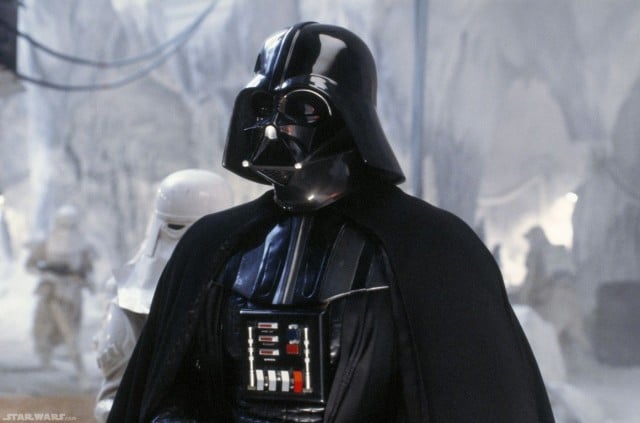
But where did the concept of making the heroes and villains of action, superhero and horror films emerge from? According to DW, during the silent movie era, masked heroes were commonplace and popular with audiences, whether in horror, crime films and even comedies.

As 'talkie' films came to the screen, some also featured facial coverings to great success. The 1929 movie The Iron Mask, starring Douglas Fairbanks, featured a swashbuckling mask-wearing hero. Another version based on the same story of a French prisoner by author Alexandre Dumas hit cinemas in 1939.
Here's a list of some of the most iconic masks in Hollywood history and their significance.
7) Jason’s Hockey Mask (Friday the 13th series)
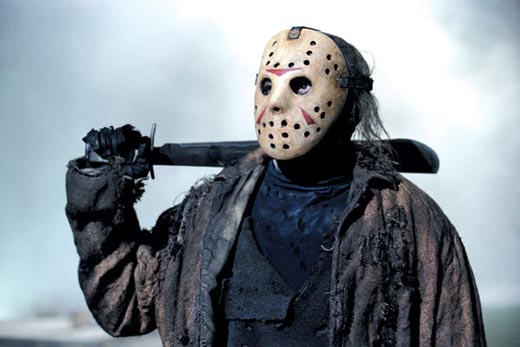
Jason Voorhees from Friday the 13th is best known for wearing a hockey mask to hide his deformed face, according to ScreenRant. He initially covered his face with a bag during the killings in Friday the 13th and Part 2. But in Friday the 13th Part III, he got the mask he is most known for.
When prankster Shelly goes back to the barn after pulling a joke on Vera and she tells him off, he’s attacked by Jason (off-screen), who steals his hockey mask and speargun.
6) Zorro’s Mask (Zorro series)
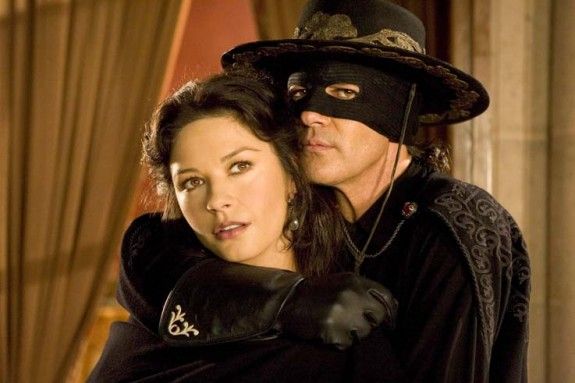
Masks can be used as camouflage or to deceive others — even for the good guys. The hero is often portrayed as someone who, out of modesty, or because he has a blemish on his face, reaches for a mask before committing heroic deeds.
Perhaps one of the most successful early uses of the sort was in the 1920 film The Mark of Zorro, when sword-wielding vigilante protected the people of California in the olden days.
5) Hannibal’s Muzzle (The Silence of the Lambs)
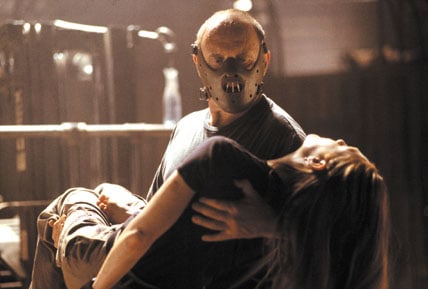
It’s not so much a mask as a jail cell for Hannibal Lecter’s mouth, but it’s by far one of the most terrifying ones on this list.
In some cinematic scenarios, a mask protects a villain from getting close to the good guys. Lecter, the murderous cannibal, for example, wears a mask to keep from biting those around him.
4) Opera Mask (The Phantom of the Opera)

Masks are also sometimes used to hide abnormalities, such as The Phantom of the Opera, where the disfigured Phantom uses a mask to conceal his face. The half mask made a mystery out of the phantom and became an inspiration for many theatre performers.
3) Scream Mask (Scream)
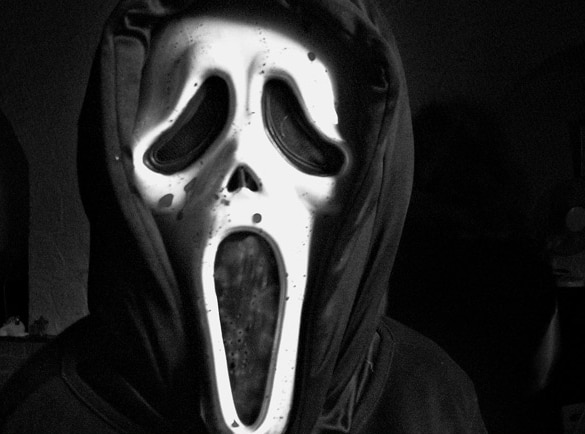
Horror movies are particularly known for their mask-wearing antagonist. One of the highest-grossing films in this genre was Wes Craven's Scream, featuring a serial killer wearing a cheap ghost mask while on his rampage.
The Scream mask is certainly one of the most iconic masks in a genre full of them, but its Munch-esque design made it truly memorable.
2) Batman’s Cowl (Batman series)
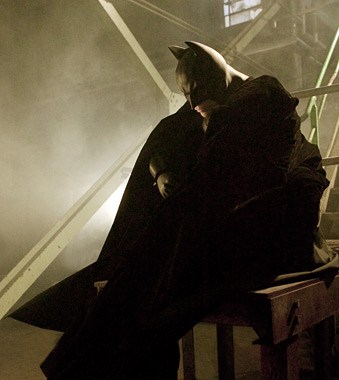
The mask from Batman Begins is not the quintessential Batman mask but it is one of the most better looking. It’s also certainly the only superhero mask worthy of being on this list (sorry Spidey), and has always been iconic no matter who was wearing it.
1) Darth Vader’s Mask (Star Wars)
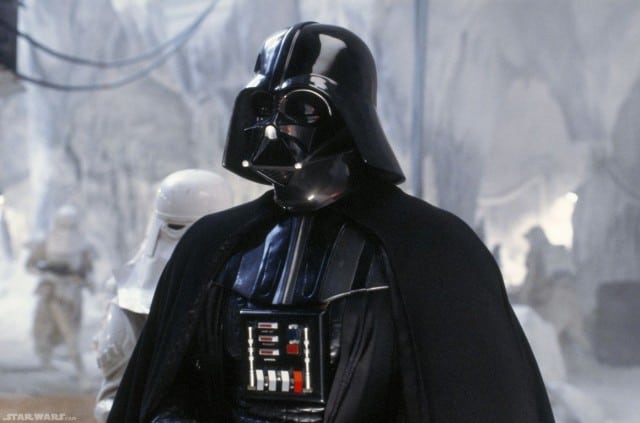
Most definitely the most iconic mask in movie history, Lord Vader’s helm went through many concepts before arriving at the final product. It kept him alive but that didn’t mean it couldn’t look sweet. As slick as it was, it only concealed the decay inside, as we saw at the end of Return of the Jedi. At least until Lucas photo-shopped Hayden Christensen in.
These days, the masks we wear serve as protection against the environment around us during the COVID-19 outbreak, or against air pollution. The same is true in some films, where masks are worn as a survival tool.
In the 1931 Austrian film Comradeship, masks protect people during a mining accident rescue mission. Another film which hits quite close to home these days is Steven Soderbergh's Contagion, which describes a fictional pandemic that took place almost a decade ago. Naturally, masks play an important role in the film, just as they do in the world around us now.
Have something to add to the story? Share it in the comments below.
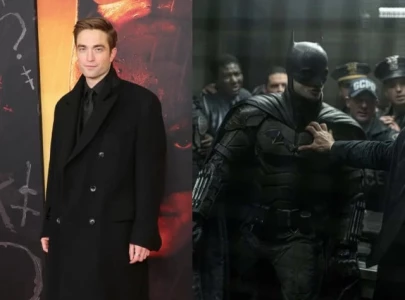








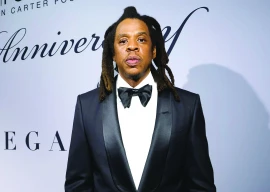













COMMENTS
Comments are moderated and generally will be posted if they are on-topic and not abusive.
For more information, please see our Comments FAQ